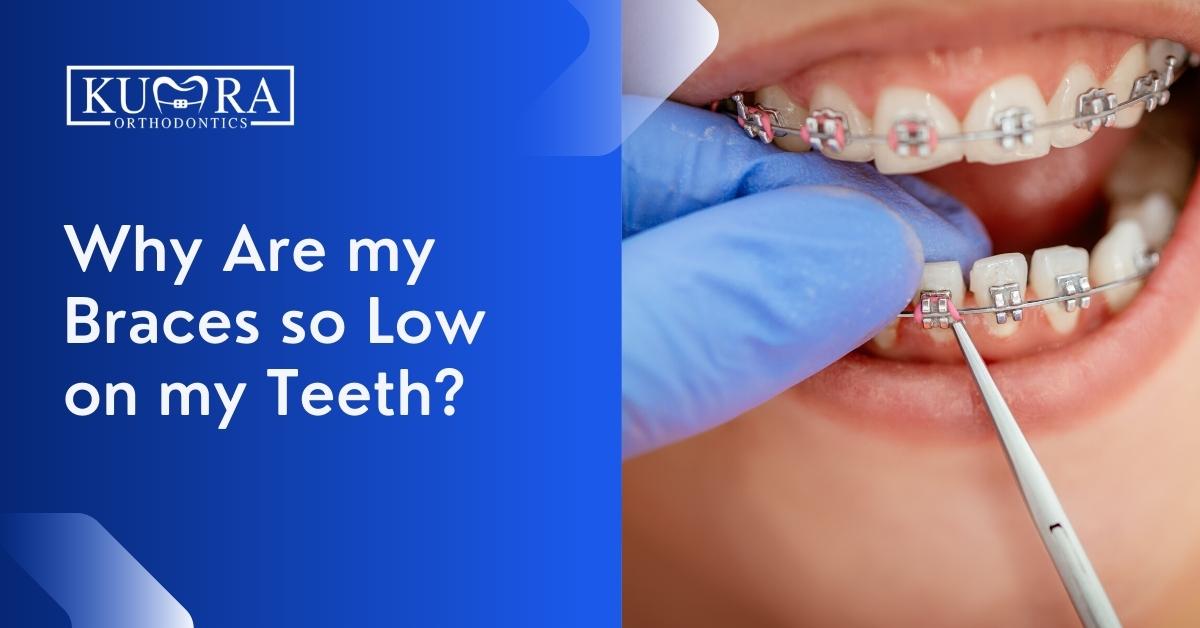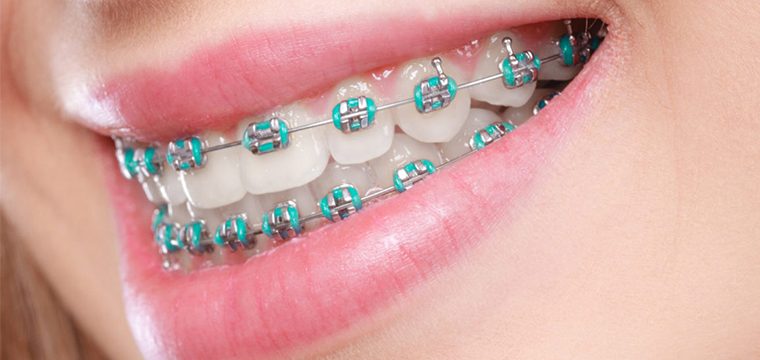What Establishes Cumming Braces and Aligners In Addition To Various Other Orthodontic Treatments
What Establishes Cumming Braces and Aligners In Addition To Various Other Orthodontic Treatments
Blog Article
Comprehensive Overview to Orthodontics Treatments for Correcting Dental Imbalances
Recognizing the complexities of each procedure, including their systems, advantages, and potential disadvantages, is vital in making notified choices regarding one's orthodontic therapy. As we navigate with the detailed overview to orthodontic procedures for correcting dental imbalances, the detailed information of each method will certainly unravel, losing light on the course toward a useful and harmonious dental placement.
Orthodontic Procedures Review

Routine changes and tracking are essential parts of orthodontic treatment to make certain development is on track and to make any kind of required modifications along the method. By going through orthodontic procedures, patients can not only accomplish a straighter grin yet also improve their general dental wellness and function.
Traditional Braces: Exactly How They Work
When taking into consideration orthodontic therapies for oral imbalances, standard dental braces stand apart as a tried and true method for dealing with teeth placing. Typical dental braces include braces, cords, and bands that work together to apply continual pressure on the teeth, gradually moving them into the preferred alignment. The brackets are connected to the teeth utilizing a special adhesive, and the wires are threaded with the brackets. By readjusting the tension of the cords, orthodontists can manage the direction and pressure related to each tooth, leading them right into appropriate alignment gradually.
One key element of exactly how typical braces work is the procedure of bone makeover. As stress is put on the teeth through the braces, the bone surrounding the teeth is reshaped to sustain the new tooth positions. This makeover is essential for the long-term security of the dealt with placement. People will certainly need routine adjustments at the orthodontist's office to make certain the dental braces remain to use the appropriate stress for reliable teeth activity.
Invisible Aligners: Benefits And Drawbacks
These clear, tailor-made trays are basically undetectable when worn, making them an attractive alternative for individuals looking for a more visually pleasing orthodontic therapy. Clients can eliminate the aligners before eating or cleaning their teeth, reducing the danger of food obtaining stuck in the appliance and simplifying the cleaning process.

Surgical Orthodontic Options
Surgical treatments in orthodontics present practical alternatives for resolving intricate oral imbalances that might not be effectively solved through traditional orthodontic treatments. While unseen aligners and conventional dental braces can fix numerous orthodontic problems, particular situations require surgical intervention to accomplish optimum results. Surgical orthodontic options are typically suggested for see post extreme malocclusions, significant jaw inconsistencies, and cases where the underlying bone structure requires modification to accomplish correct positioning.
One usual surgical orthodontic treatment is orthognathic surgical procedure, which entails rearranging the jaws to remedy useful concerns such as difficulty talking or chewing. This surgery is typically performed in partnership with an orthodontist that aids align the teeth before and after the treatment. Surgical orthodontics may also involve treatments to reveal impacted teeth, eliminate excess gum cells, or improve the jawbone to produce a much more harmonious face account.
Prior to thinking about surgical orthodontic alternatives, clients undertake a comprehensive evaluation to establish the necessity and potential advantages of such treatments. orthodontics. While surgical treatment may seem difficult, it can significantly improve both the function and appearances of the smile in cases where standard orthodontic therapies drop short
Retainers and Post-Treatment Treatment

Post-treatment treatment involves adhering to the orthodontist's instructions vigilantly. This may consist of correct oral hygiene methods, attending follow-up consultations, and wearing the retainers as prescribed. Failing to follow post-treatment treatment guidelines can cause regression, where the teeth slowly return towards their initial positions. Regular retainer wear, excellent dental hygiene, and normal dental check-ups are essential for maintaining the results accomplished with orthodontic surgical treatment and ensuring the long-lasting stability of the remedied dental placement.
Conclusion
In conclusion, orthodontic treatments supply numerous choices for correcting oral imbalances. Surgical orthodontic alternatives are readily available for more serious imbalances. In general, orthodontic treatments can efficiently enhance oral health and aesthetic look.
As we browse through the thorough guide to orthodontic procedures for fixing oral misalignments, the elaborate information of each technique will certainly unfold, losing light on the path towards a unified and useful dental positioning. - invisalign
One of the most common orthodontic treatments is the usage of dental braces, which are composed of metal brackets and cables that apply gentle pressure to gradually move teeth right into the desired setting.When considering orthodontic treatments for dental misalignments, typical braces stand out as a time-tested technique for dealing with teeth positioning. In addition, invisible aligners may not be ideal for complicated orthodontic issues that need even more substantial teeth motion, as they are normally advised for moderate to moderate situations. Retainers are personalized orthodontic devices designed to hold teeth in their fixed placements after the completion of orthodontic therapy.
Report this page